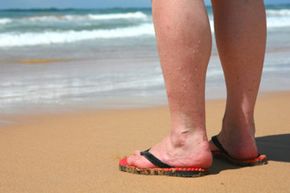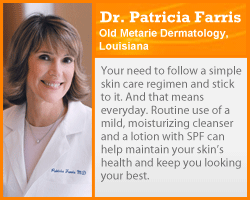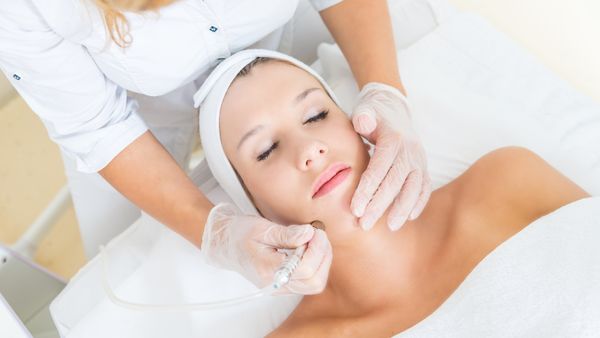They're not pretty, but they are pretty common. Varicose veins -- gnarled, swollen blood vessels visible just under the skin's surface -- affect half of all adults age 50 and older [source: National Institutes of Health]. Varicose veins can make your legs ache, but they aren't usually dangerous.
A varicose vein can appear anywhere on the body, but is most commonly found on the feet and lower legs, particularly on the backs of the calves [source: Mayo Clinic]. Although the location may vary, all varicose veins have their origins in common: They occur when small vein valves begin to leak.
Advertisement
Normally, the veins return oxygen-depleted blood from throughout the body to the heart, where the blood is then pumped through the lungs to once again become oxygen-rich [source: Wilson]. Gravity makes this return trip to the heart and lungs difficult, particularly when blood needs to flow upward from the feet and legs. Fortunately, veins have one-way valves to keep blood flowing upstream; the valves open as the blood flows upward and then snap shut to keep blood from flowing backward.
When these valves stop working efficiently, blood pools in the veins and causes them to become enlarged. The veins not only appear swollen, but also take on a deep cerulean hue. Why so blue? Because they are full of deoxygenated blood that should have been re-circulated through the lungs, but instead was left behind in a malfunctioning varicose vein [source: Mayo Clinic].
Varicose veins become more common with age, largely because the valves in veins can progressively weaken as you grow older [source: National Heart Lung and Blood Institute]. In addition, there are a number of factors that can put you at risk for developing varicose veins, and you can find out more about those on the next page.
Advertisement



